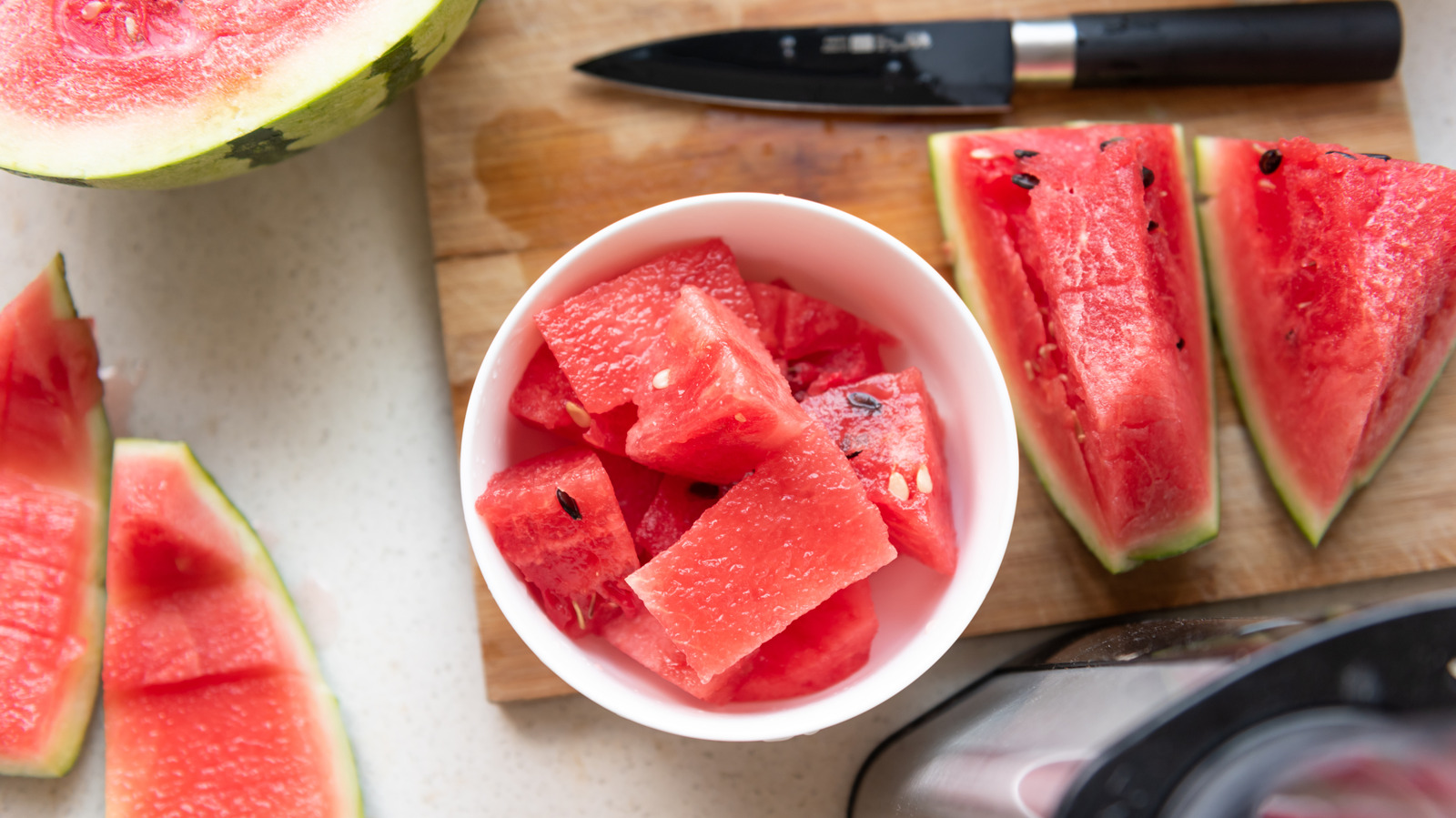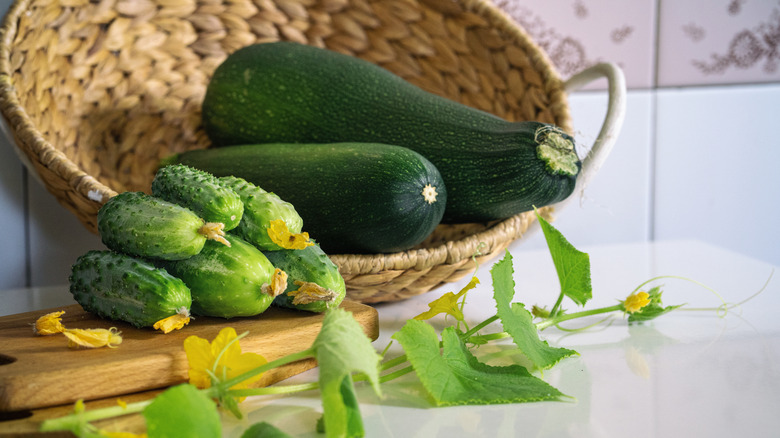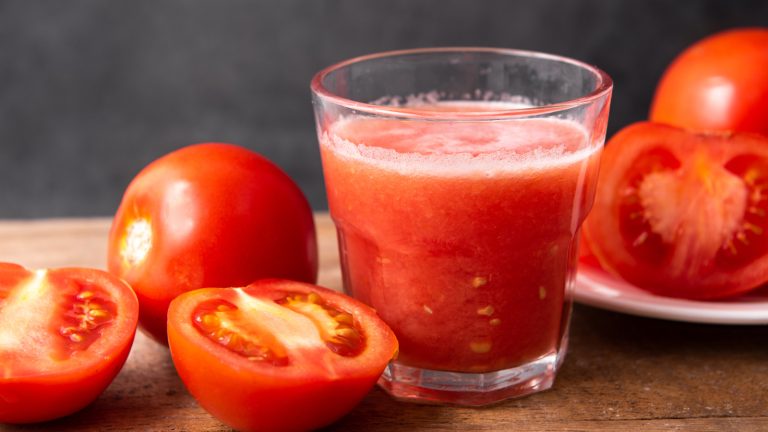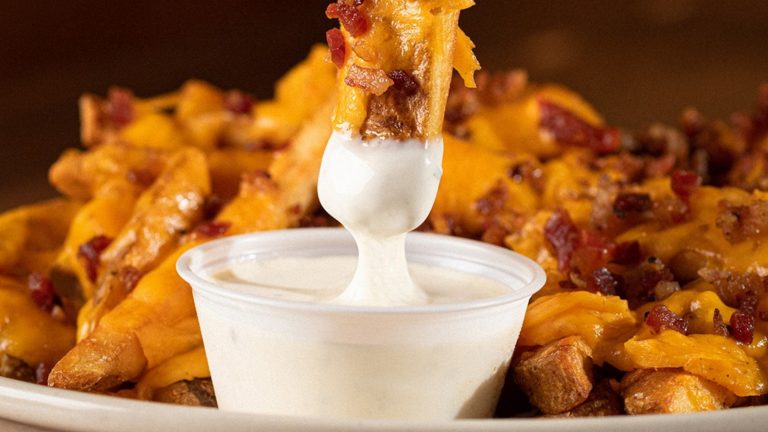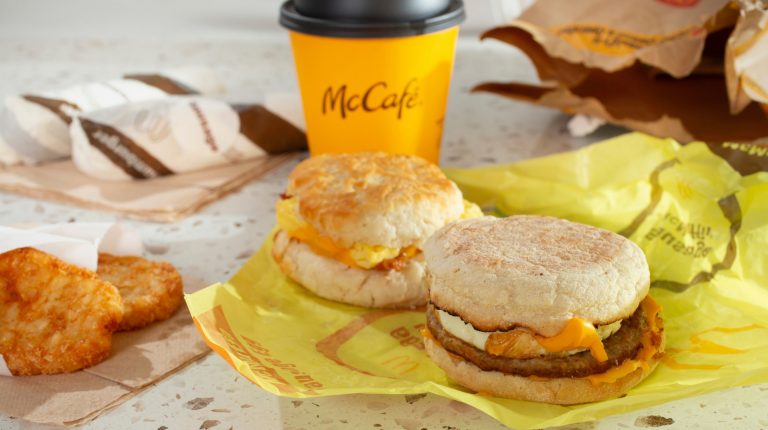One of the best ways to up your water intake is through food and beverages that keep us hydrated, especially when we’re outdoors, sweltering under the hot sun. Watermelon is a popular fruit as it comes into season all over the country during summer, and with its name literally containing the word “water,” as well as an H2O content of about 92%, it’s a great choice for quenching your thirst and keeping your skin glowing and your organs well lubricated. However, there is a fruit that is even more hydrating, and it’s a shocker — it’s the also-red tomato (yes, lest you forget, tomatoes are fruit, not vegetables).
Tomatoes’ composition is even more watery, about 94%, and if you’ve ever tried to cut this fruit when it’s ripe, then you likely noticed its moisture content, as it spilled all over your cutting board. Tomatoes are so watery, in fact, that when making sandwiches, some people lay their slices on paper towels to help get rid of some of the dampness, so it doesn’t soak through the bread. Aside from their water content, though, tomatoes also contain nearly 300 milligrams of potassium, a crucial mineral that helps regulate water retention in the body. So the next time you’re recovering from a lot of sweat loss, instead of supplementing your bottle of water by reaching for a bowl of sliced watermelon, consider a fresh tomato salad instead.
More items from the produce stand that hydrate as well as, or better than, watermelon
Of course, nature’s bounty is full of other fruits and vegetables that have just as much, or a higher, water content than watermelon. First up is strawberries, which also surprisingly contain 92% H2O. Strawberries have denser flesh than watermelon, which might account for their greater fiber content, too, clocking in at 12% daily value (DV), versus watermelon’s 4% DV. Both their high water percentage and fiber content also mean strawberries are great for your gut health.
If you prefer vegetables, you can get plenty of hydration from those, too. Zucchini and celery have 94% and 95% water content, respectively, and they’re both super versatile; zucchini pairs particularly well with pasta or it can be spiralized and used as pasta itself, while raw celery adds a satisfying crunch to tuna or chicken salads, but is especially tasty slathered with peanut butter.
Finally, there is the water content final boss of the produce stand: the cucumber. This vegetable consists almost entirely of water, at 96%, making it basically a thirst-quencher dotted with seeds and encapsulated in thin green skin.


